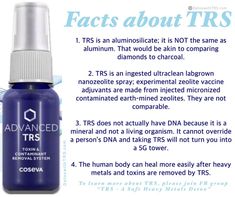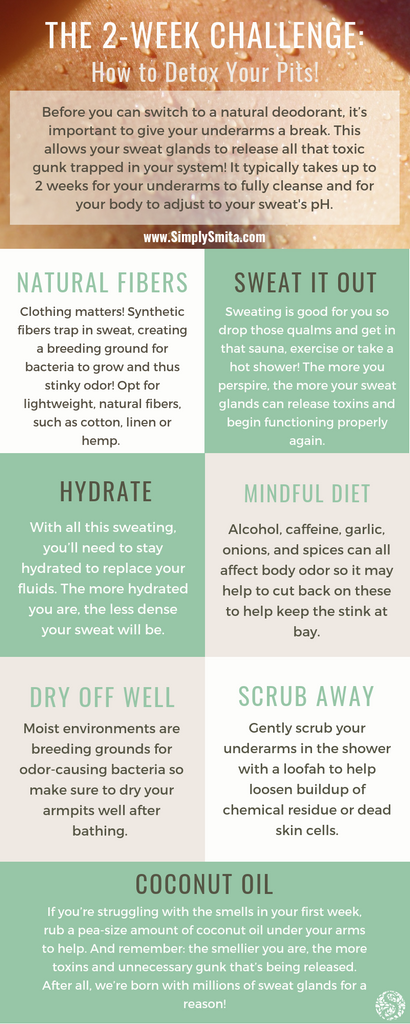
While you're out shopping for whole grain white bread, make sure you buy one with at least some whole grains. Although whole grain bread might not have the same nutritional value as plain white bread in terms of nutrition, the addition of vitamins and fiber can help lower the risk of developing spine birth defects. You will also notice a difference in taste. This article will explain more about the health benefits of whole grain bread.
Whole grain white bread is an excellent choice for those who don't enjoy the whole grain flavor. It has a rich texture that is tender and higher in nutritional value. Wonder Smartwhite is made with whole wheat flour as well as other enriched flour. You can also enjoy bread that resembles whole-wheat loaf texture and nutrition. These breads can contain high amounts of fructose.

Whole wheat bread contains bran, which is the fibrous outer layer of the grain kernel. It contains minerals, B vitamins, and fiber. The germ, or reproductive portion of the grain, is the part that produces the bread. It is rich in healthy fats, vitamin E and antioxidants. The largest component of the grain seed kernel is the endosperm. It consists mostly of starch. White flour is made with white flour while whole wheat is made using the germ.
White bread has been increasingly popularized in the United States. However the quality and nutritional content of whole grain breads varies between brands. Although refined white bread is almost always white, it may not contain 100% whole wheat. It is possible for it to contain synthetic nutrients and flavors that can have adverse health effects. Whole-grain bread is the best option if you have concerns about your cholesterol.
While whole grain white bread is the healthiest type of bread, it does have its disadvantages. The white variety has less fiber that the whole grain. It's also more nutritious. 100%-wheat bread has higher cholesterol levels. Be careful when selecting a type or wheat bread. Whole grain breads are healthier than enriched versions. They also have less calories, so they won't increase cholesterol. Whole-grain wheat is healthier if your goal is to lose weight.

Whole-grain white bread is made from whole wheat kernels. It contains all three parts: germ, bran, and endosperm. The white version is lighter colored and contains less fiber than traditional varieties. It has the same nutritional content as the whole grain-white bread. Whole grain can be purchased at your local natural food shop if you are looking for whole grains.
FAQ
Can intermittent fasting interfere with my sleep?
Yes, intermittent fasting can impact your sleep. Your hunger hormones can rise if you skip meals. You may wake up more often at night because of this.
Experts advise skipping breakfast. Instead, experts recommend eating light snacks before bed.
You can still eat a small meal if you feel hungry after the snack.
Don't overeat. If you do this, you might gain weight instead of losing it.
What foods will help me lose weight more quickly?
By eating less calories, you can lose weight quicker. There are two methods to accomplish this.
-
Reduce the number of calories you take in daily.
-
Through physical activity, you can increase the amount of calories that you burn.
It's easy to reduce how many calories you consume. After all, we're bombarded with calorie-laden fast food options everywhere we turn. But, here's a list of foods that will help you shed those extra pounds.
-
Beans contain high levels of fiber and protein. Beans are low in fat and therefore a great choice for those who are trying to cut down on their caloric intake.
-
Oatmeal is low in calories but high in nutrients like magnesium and potassium. Oatmeal is lower in sugar than other cereals.
-
Eggs are high in cholesterol and protein. Eaten eggs one or two times a week can help boost metabolism and allow you to burn more calories.
-
Whole grain bread reduces hunger pangs. This can help you feel fuller and longer.
-
Dark chocolate is high in antioxidants, flavonoids and other substances that have been linked with lower blood pressure and better heart health.
-
Cottage cheese is rich with calcium, which helps build strong bones. Cottage cheese also contains vitamin D, which can boost immunity.
-
Omega-3 fatty Acids are a key component of salmon. They promote brain development, and improve cardiovascular function.
-
Green tea is chock-full with catechins. These compounds fight cancer and boost metabolism.
-
Broccoli is a great source of folic acid, which reduces homocysteine levels in the blood. Homocysteine high levels are associated with increased heart disease risk and stroke.
-
Yogurt is a wonderful way to get probiotics into your diet, without having to consume a lot of added sugars. Probiotics are essential for digestive health.
-
Berries are a tasty snack that is also nutritious. All fruits, including blackberries, blueberries, raspberries, raspberries, cranberries and strawberries, are rich in vitamins and minerals.
-
Avocados are bursting with healthy fats. A half avocado contains 80 calories and plenty of fiber.
-
Nuts are a tasty snack option that also happens to be a great source of protein. Nuts include cashews (almonds), hazelnuts (pecans), walnuts, walnuts, and pistachios.
-
Sweet potatoes are another starchy vegetables that are high in beta carotene. They make your skin glow. The orange sweet potato variety has a higher level of beta-carotene than regular sweet potato varieties.
What can I have in the morning when I'm intermittently fasting?
Get water in the morning. You feel fuller faster and have more energy throughout the day. You can add lemon juice or cucumber slices to enhance the flavor.
Statistics
- A 12-week study in 20 women with obesity found that walking for 50–70 minutes 3 times per week reduced body fat and waist circumference by an average of 1.5% and 1.1 inches (2.8 cm), respectively (healthline.com)
- One 6-month study showed that simply doing 11 minutes of strength-based exercises 3 times per week resulted in a 7.4% increase in metabolic rate, on average. (healthline.com)
- According to a study sponsored by the American Council on Exercise, a person weighing around 140 pounds (64 kg) would burn 108 calories at a 30-minute beginner's Pilates class or 168 calories at an advanced class of the same duration (26). (healthline.com)
- According to Harvard Health, it's estimated that a 155-pound (70-kg) person burns around 167 calories per 30 minutes of walking at a moderate pace of 4 mph (6.4 km/h) (5). (healthline.com)
External Links
How To
How to exercise for weight loss
Being active is one of the best methods to lose weight. Many people do not know how they should exercise. Cardio exercises include walking, running, swimming and cycling. Strength training should also be included such as lifting weights, doing pushups, pullups, squats, lunges etc. Combine these two types together to lose weight. Start exercising and find friends to support you. You can either go to the gym or walk around your local area. It doesn't matter what activity you choose; just make sure you do it consistently. It's easy for things to go wrong when you start exercising. Keep going!